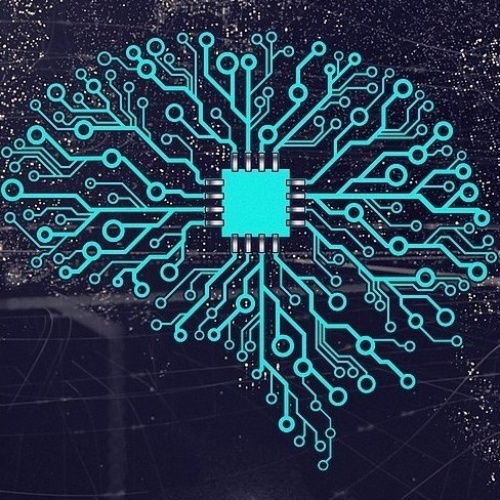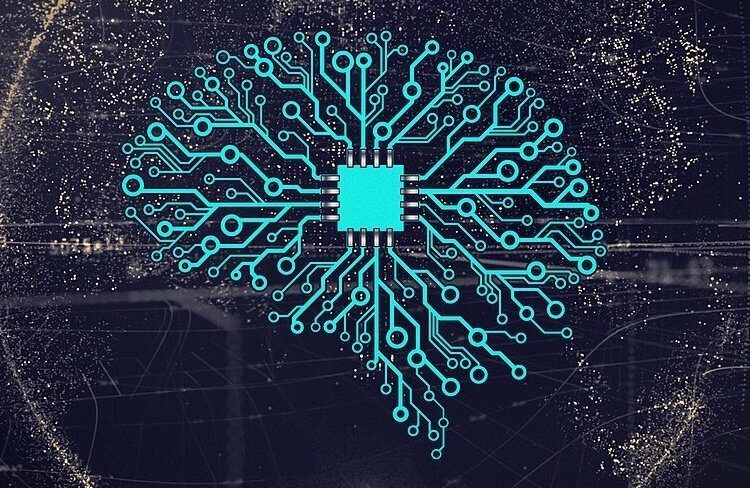
No-code technology is quickly gaining acceptance in the business sector. It provides a more accessible alternative for businesses to develop applications without writing extensive code. Simple drag and drop features on an easy-to-use interface make it remarkably easy for developers to design apps in no time.
More importantly, no-code quickly eliminates the need for intense tech knowledge for app development. That’s why it’s becoming a favorite for modern businesses.
When combined with artificial intelligence, no-code becomes a powerful tool that is hard to ignore. With the high-end capabilities of AI and straightforward app development options from no-code, it’s pretty apparent why no-code AI should be perceived as the technology for the future.
Why No-Code with AI is a Great Option
Traditional AI solutions are pretty expensive. It’s the primary reason businesses are still reluctant to opt for such solutions. However, no-code solutions bypass this problem, helping businesses to equip themselves with AI solutions for a relatively cheaper cost.
It means that there will be more AI-based solutions in the future. But, more importantly, they will be primarily no-code solutions.
So, what are the chances of no-code AI in the future industries? Find out some key points to consider in this post.
What’s No-Code AI?
No-code AI is mainly a branch of AI technology, and it’s meant to democratize AI in all business sectors. The idea is to provide a visual, code-free environment to develop AI applications and deploy machine learning tools.
It can potentially change the outlook of the tech industry, as the development will no longer remain a job for software developers and computer scientists. If a person understands how AI works, they could design an AI app with no code.
The Future of No-Code AI
No-code AI can be a potential game-changer in tech circles with huge prospects ahead. So, from what the current trends suggest, here is what we can expect from no-code AI in the future.
- It Will Change How Organizations Decide Teams
The rise of low-code development will change the way teams are organized. As no-code AI helps develop apps quickly, the top development stores will start churning out more no-code AI solutions in the future.
So, when organizations develop teams, they are likely to make hybrid teams having business users and professional developers who work with no-code AI. After all, AI deployment requires AI expertise, which is why the need for professional developers won’t diminish.
- AI Will Power Development Automation
Development automation is a budding concept, and it has already taken giant strides in the tech industry. Some stats predict that development automation will capture one-third of the market by 2022 when developers deploy it to machine learning tools.
In the future, development teams will use Ai and machine learning to automate development procedures. For example, tools like natural language processing will review test cases and identify duplicates, and AI will also help automate testing procedures.
It also ignites a significant debate on whether no-code AI will replace developers or will it increase their activity as they focus on developing automated solutions instead of the applications.
- Smarter Functionalities
The distinguishing feature of no-code technology is its overall functionality as a tool. Some no-code components are built for basic operations like capturing attributes in a form. On the other hand, no-code AI tools are far more complex, and they work in conjunction with machine learning and natural language processing, etc.
With time, most no-code solutions will be equipped with better functionality for basic and advanced operations. It means that we can expect more robust applications and smarter application architectures in the future.
Conclusion
No-code AI has immense prospects as a business tool. The technology is already a significant hit in business circles because of its ease of use and high usability. So, it’s fair to say that the future of no-code AI looks secure, and it’s set to revolutionize most industries globally.




